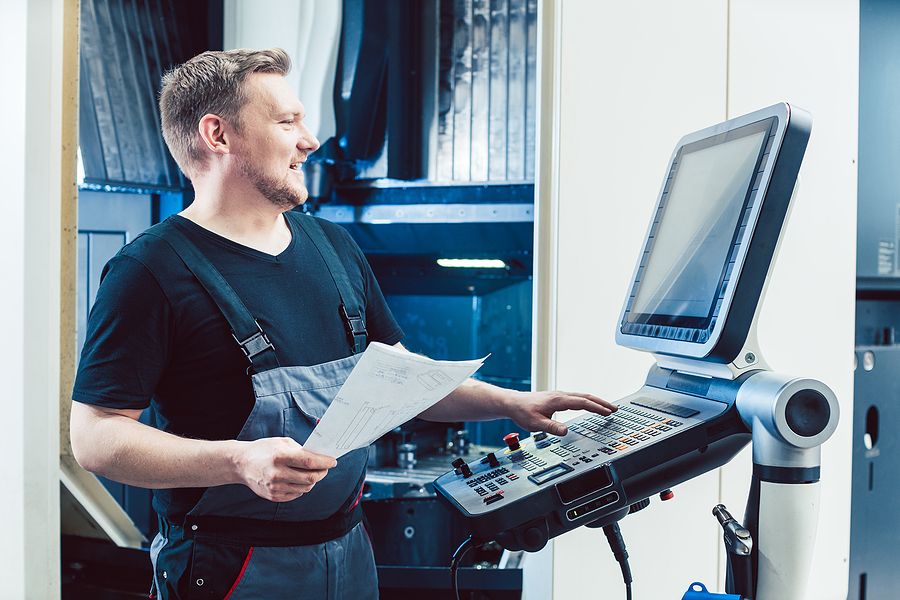When used correctly, CNC machines are productive, safe, and flexible. But a mishandled or misused machine won’t produce the desired results and can even be dangerous. There’s a steep learning curve for CNC machining, so anyone interested in this area could use plenty of guidance. Here are some common mistakes you can avoid when using a CNC machine.
1. Choosing the Wrong CNC Tooling Style
Most cutting tools come in either left- or right-hand versions. Tooling style can impact spindle direction, and this also applies to CNC lathes. If you choose the incorrect “hand” of tooling in CNC machining, it pulls the system in the wrong direction. The results won’t be what you want, and it also eventually compromises the integrity of the machine’s components.
2. Mishandling Bar Applications on a CNC Lathe
Bar operations involve machining a part, cutting it off, feeding the bar, and moving on to the next part. When an operator is first faced with doing such operations, they may try to streamline the process by using a cheap bar puller. If the right type of bar feeder isn’t used, this can damage the spindle motor and produce subpar results.
3. Setting CNC Offsets Improperly
Offsets are critical in CNC machining. If you don’t set your offset correctly, you risk damaging the machine. When using an edge finder, it’s important to compensate for its tip. Many errors in CNC machining happen from an operator forgetting to calculate for the edge-finder.
4. Setting Cutter Height Inconsistently
Another common mistake with CNC machining is not being consistent when setting the cutter height. This must be a precise measurement. Ensure that the cutter length doesn’t protrude from the holder. If this is incorrect, it’s possible that the workpiece will get crashed by the holder.
5. Not Knowing the G-Code
Mistakes with G-codes are common in CNC machines, which lead to poor results. Your G-code will ensure you are using the right cutters and cutting in the correct sequence. If this isn’t done properly, you risk damage to your holders, product, cutter, and the machine itself.
6. Ignoring M Codes
Most M codes in CNC machining are like door open/close, programmable on/off, coolant on/off, or spindle on/off, etc. Without thoroughly understanding all M codes, a programmer might unknowingly create issues with the machinery. For example, if the programmer isn’t aware of the clamping M code, the clamp won’t engage, and this puts unnecessary stress on the rotary axis.
7. Programming Around Machine Problems
If there is a problem with the CNC machine, the issue isn’t going to correct itself. But a common mistake is to try to program around a machine’s problem instead of addressing them head-on. If there is a misalignment, this needs to be fixed before proceeding.
8. Using a CNC Machine That is Poorly Maintained
Maintenance is a vital component of good CNC machining. If your CNC machinery isn’t well-maintained, you risk overheating or an accumulation of debris that can impact your results. A regular maintenance schedule should include things like cleaning filters, lubrication, checking coolant levels, and vacuuming or wiping debris.
If you’re in the Charlotte area and want to avoid some of the common CNC machining mistakes, partner with a CNC expert you can trust. At Components by Design, our CNC professionals have over 20 years of experience working with CNC technology. We can bring your idea for a product or part to life with our high-quality services and attention to detail. Contact us today to learn more about how we can make your vision a reality.
